Daimler-Benz AG emerged from World War II in precarious health, its plants largely rubble. Until 1951, the only Mercedes passenger cars were continuations of the prewar 170V, a modest middle-class car that had been the best-seller in the 1930s. The company did not return to the luxury market until 1951, when the Mercedes-Benz 300 was introduced at the first postwar Frankfurt Motor Show. Built on a 120-inch wheelbase, the 300 was powered by a 2,996cc ohc six, and available as a sedan or four-door convertible. The 300 quickly became the state limousine of the Federal Republic of Germany, particularly favored by Chancellor Konrad Adenauer during his administration, which lasted until 1963. These cars are known as “Adenauer Mercedes” to this day. Motor sport, too, languished at Mercedes after the war, but within five years, a competition car was developed, using many parts from the 300. The engine was given three carburetors and a new camshaft, and manifolding was improved. To accommodate a low body, the engine was canted 45 degrees to the right. Transmission and axles were from the production 300, but the chassis and body were all new. Principally the work of Rudolf Uhlenhaut, the car comprised a tubular space frame clad in aluminum panels. The configuration of the space frame prevented low sills, so signature gull-wing doors, hinged upward, were adopted in place of a conventional forward-hinged swinging arrangement. Christened “300SL,” for Sport-Leicht (Sports Light), a team of cars was entered in the 1952 Mille Miglia, finishing second and fourth. This promising result was followed by a 1-2-3 sweep in the Berne Grand Prix and, six weeks later, first and second at LeMans. A 1-2-3-4 finish at Nürburgring followed and a 1-2 victory in the Carrera Panamericana in Mexico, the latter bringing Mercedes to the attention of Americans. Chief among the American observers was Max Hoffman, the New York importer. Hoffman saw a market for a road version of the 300SL, and ordered 1,000 cars. The production 300SL debuted at the International Motor Sports Show in the Big Apple in January 1954. The 300SL name was retained, drawing on the fame of the competition cars – in Mercedes-peak the new car was designated W198, its predecessor having been W194. The car differed in many respects from its competition forebear. The chassis and body were heavier, the skin now made of steel, with aluminum hood, doors and trunk lid. To compensate, the engine was correspondingly more powerful, developing 215bhp thanks to a direct fuel injection setup, the first ever on a gasoline-powered car. Top speed was 145-160mph, depending on the axle ratio, making it the fastest production car of its day. In all, 1,400 coupes were sold between 1954 and 1957, about four-fifths of them in the United States. The tilted engine made a right-hand drive version impossible, which limited its popularity in left-driving countries. As the coupe was phased out, a new roadster model was created, introduced at the 1957 Geneva Salon. This move had been hinted in 1955, with the appearance of the 190SL. An open two-seater with styling cues from the 300SL, it used the 1,897cc four-cylinder engine of the 190 sedan. No match for its bigger brother in performance, it made up for it in popularity, for its price was half that of the big car. Nearly 26,000 were sold over its eight-year lifespan. For the 300SL roadster, of course, the gull wings were dispensed with, and the chassis redesigned to accommodate more conventional doors. The headlights were changed, the grille made smaller and a chrome molding was added below the doors. The chassis redesign added more weight, so the engine was given another 20bhp courtesy of a new camshaft and higher compression. The rear suspension was redesigned, adding a compensating spring to reduce oversteer in the single-jointed swing axle arrangement. Although not as aerodynamic as the gull-wing coupe, the 300SL roadster was still one of the fastest cars on the roa
Daimler-Benz AG emerged from World War II in precarious health, its plants largely rubble. Until 1951, the only Mercedes passenger cars were continuations of the prewar 170V, a modest middle-class car that had been the best-seller in the 1930s. The company did not return to the luxury market until 1951, when the Mercedes-Benz 300 was introduced at the first postwar Frankfurt Motor Show. Built on a 120-inch wheelbase, the 300 was powered by a 2,996cc ohc six, and available as a sedan or four-door convertible. The 300 quickly became the state limousine of the Federal Republic of Germany, particularly favored by Chancellor Konrad Adenauer during his administration, which lasted until 1963. These cars are known as “Adenauer Mercedes” to this day. Motor sport, too, languished at Mercedes after the war, but within five years, a competition car was developed, using many parts from the 300. The engine was given three carburetors and a new camshaft, and manifolding was improved. To accommodate a low body, the engine was canted 45 degrees to the right. Transmission and axles were from the production 300, but the chassis and body were all new. Principally the work of Rudolf Uhlenhaut, the car comprised a tubular space frame clad in aluminum panels. The configuration of the space frame prevented low sills, so signature gull-wing doors, hinged upward, were adopted in place of a conventional forward-hinged swinging arrangement. Christened “300SL,” for Sport-Leicht (Sports Light), a team of cars was entered in the 1952 Mille Miglia, finishing second and fourth. This promising result was followed by a 1-2-3 sweep in the Berne Grand Prix and, six weeks later, first and second at LeMans. A 1-2-3-4 finish at Nürburgring followed and a 1-2 victory in the Carrera Panamericana in Mexico, the latter bringing Mercedes to the attention of Americans. Chief among the American observers was Max Hoffman, the New York importer. Hoffman saw a market for a road version of the 300SL, and ordered 1,000 cars. The production 300SL debuted at the International Motor Sports Show in the Big Apple in January 1954. The 300SL name was retained, drawing on the fame of the competition cars – in Mercedes-peak the new car was designated W198, its predecessor having been W194. The car differed in many respects from its competition forebear. The chassis and body were heavier, the skin now made of steel, with aluminum hood, doors and trunk lid. To compensate, the engine was correspondingly more powerful, developing 215bhp thanks to a direct fuel injection setup, the first ever on a gasoline-powered car. Top speed was 145-160mph, depending on the axle ratio, making it the fastest production car of its day. In all, 1,400 coupes were sold between 1954 and 1957, about four-fifths of them in the United States. The tilted engine made a right-hand drive version impossible, which limited its popularity in left-driving countries. As the coupe was phased out, a new roadster model was created, introduced at the 1957 Geneva Salon. This move had been hinted in 1955, with the appearance of the 190SL. An open two-seater with styling cues from the 300SL, it used the 1,897cc four-cylinder engine of the 190 sedan. No match for its bigger brother in performance, it made up for it in popularity, for its price was half that of the big car. Nearly 26,000 were sold over its eight-year lifespan. For the 300SL roadster, of course, the gull wings were dispensed with, and the chassis redesigned to accommodate more conventional doors. The headlights were changed, the grille made smaller and a chrome molding was added below the doors. The chassis redesign added more weight, so the engine was given another 20bhp courtesy of a new camshaft and higher compression. The rear suspension was redesigned, adding a compensating spring to reduce oversteer in the single-jointed swing axle arrangement. Although not as aerodynamic as the gull-wing coupe, the 300SL roadster was still one of the fastest cars on the roa
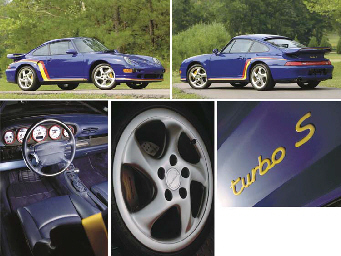
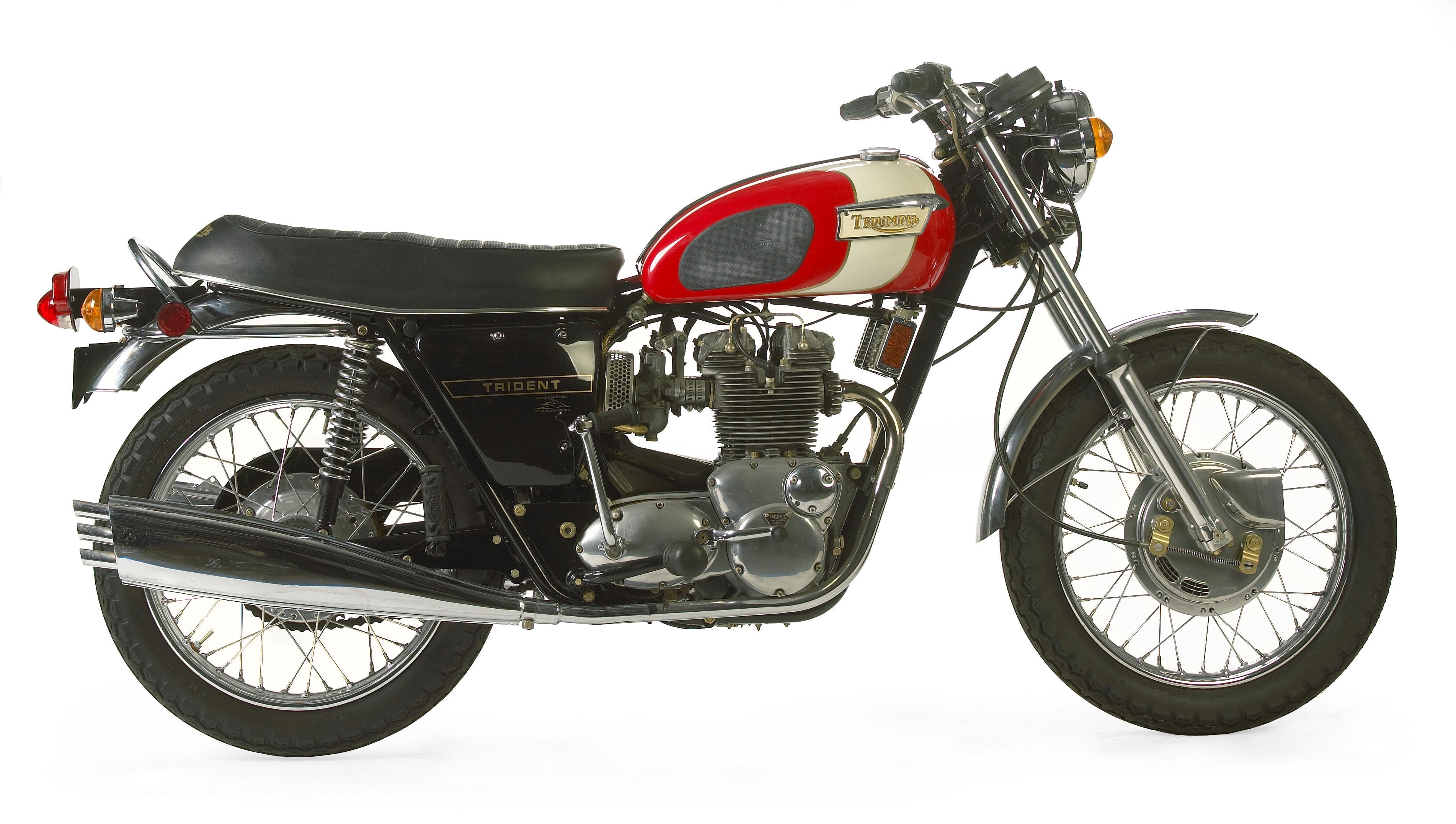


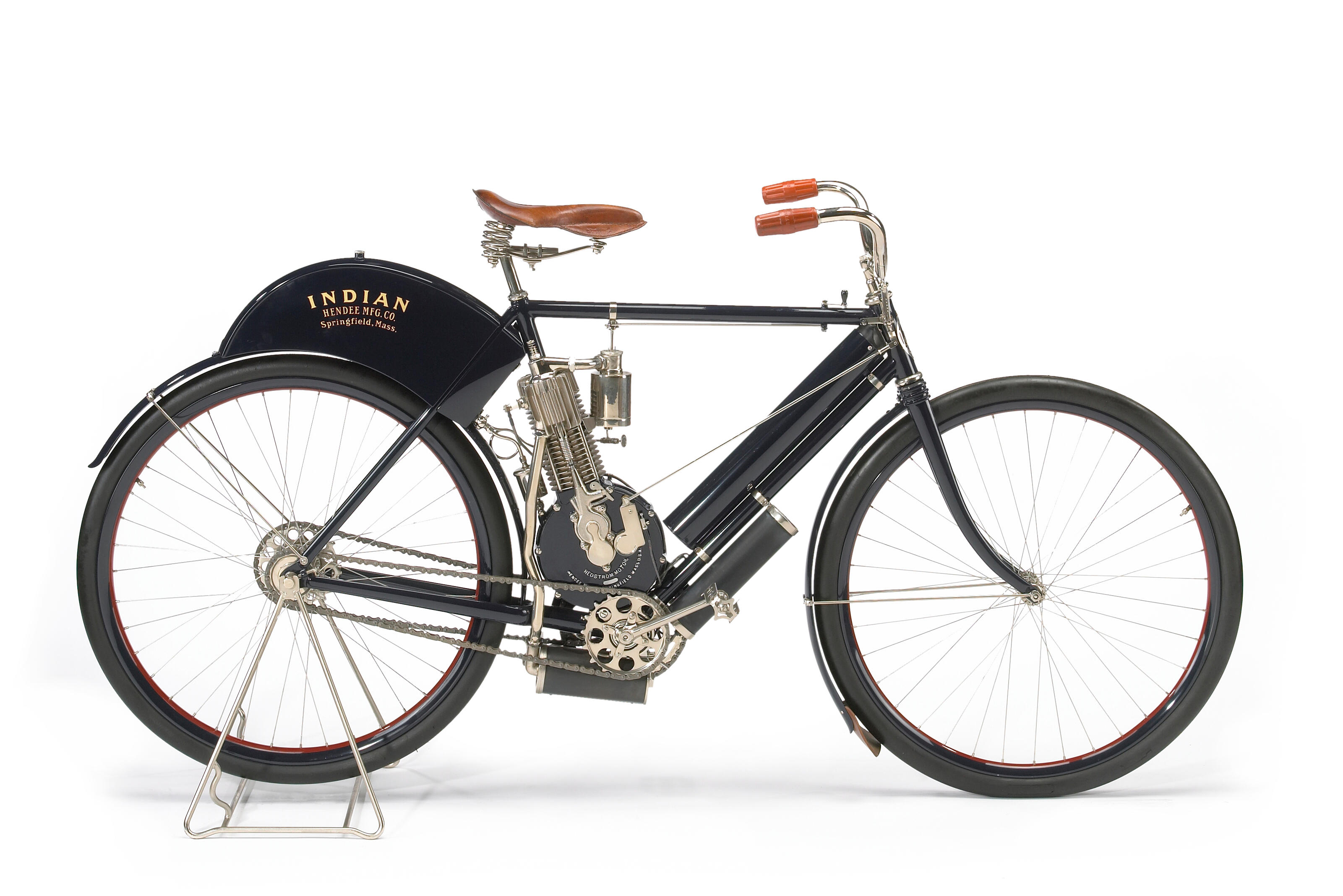
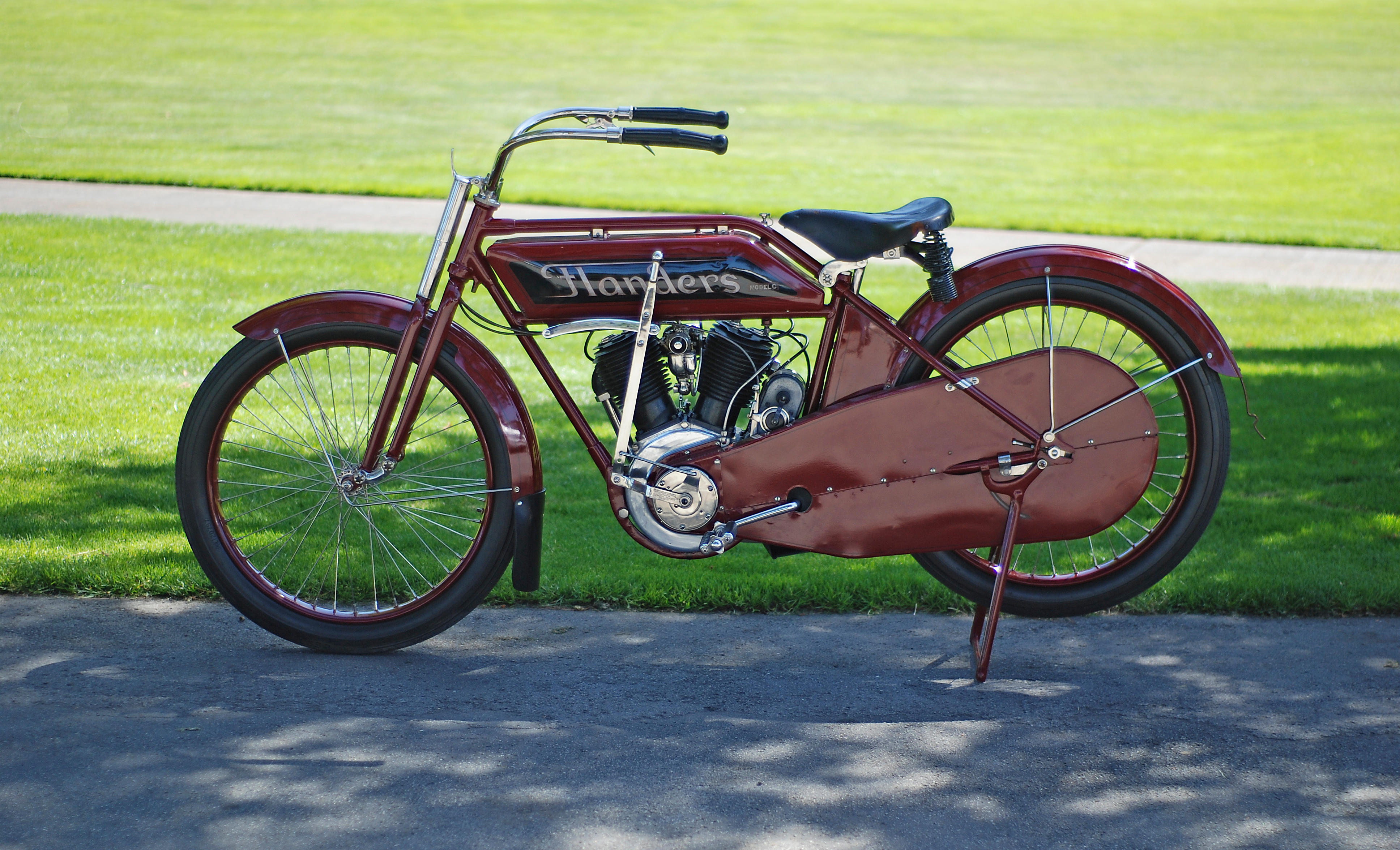
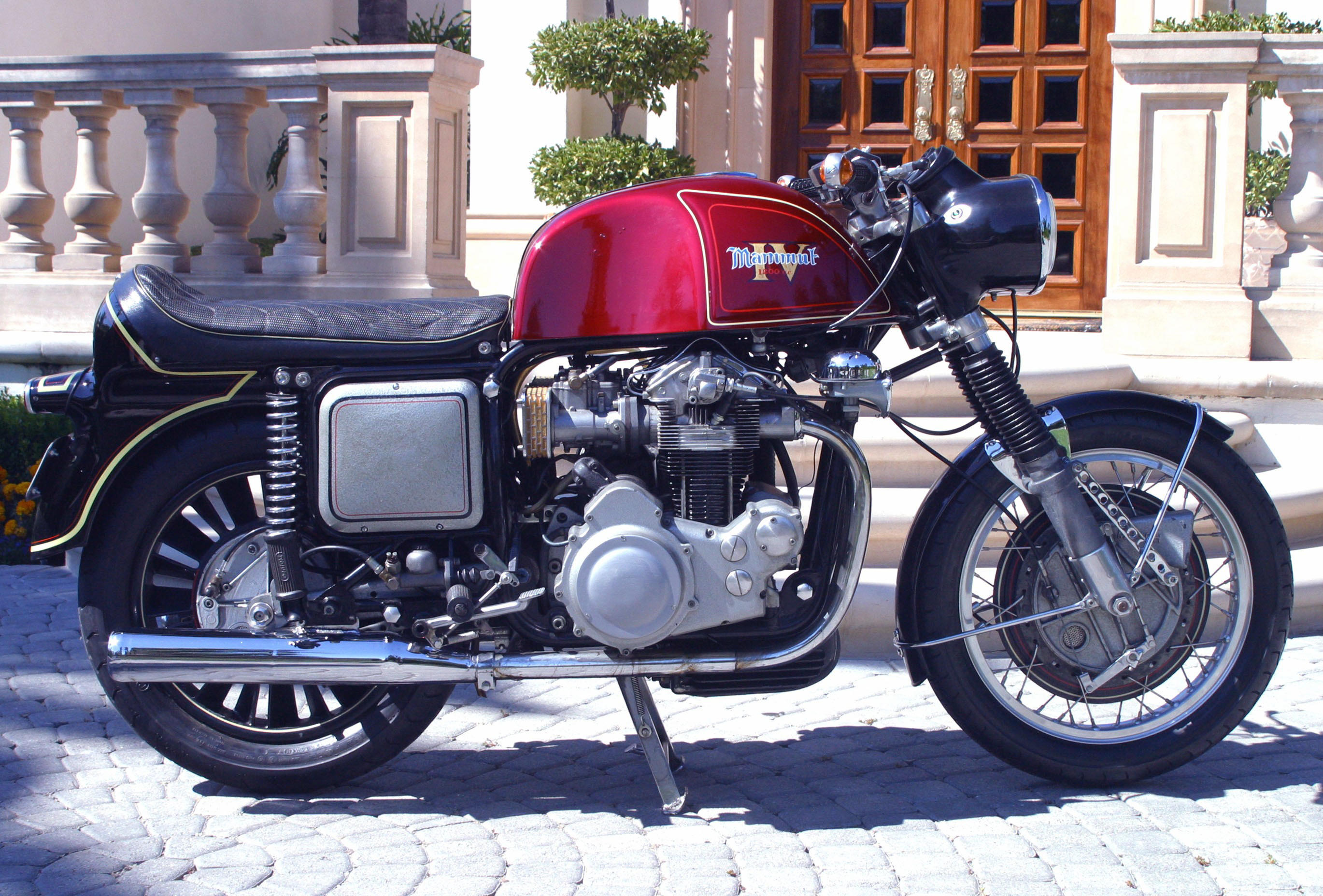

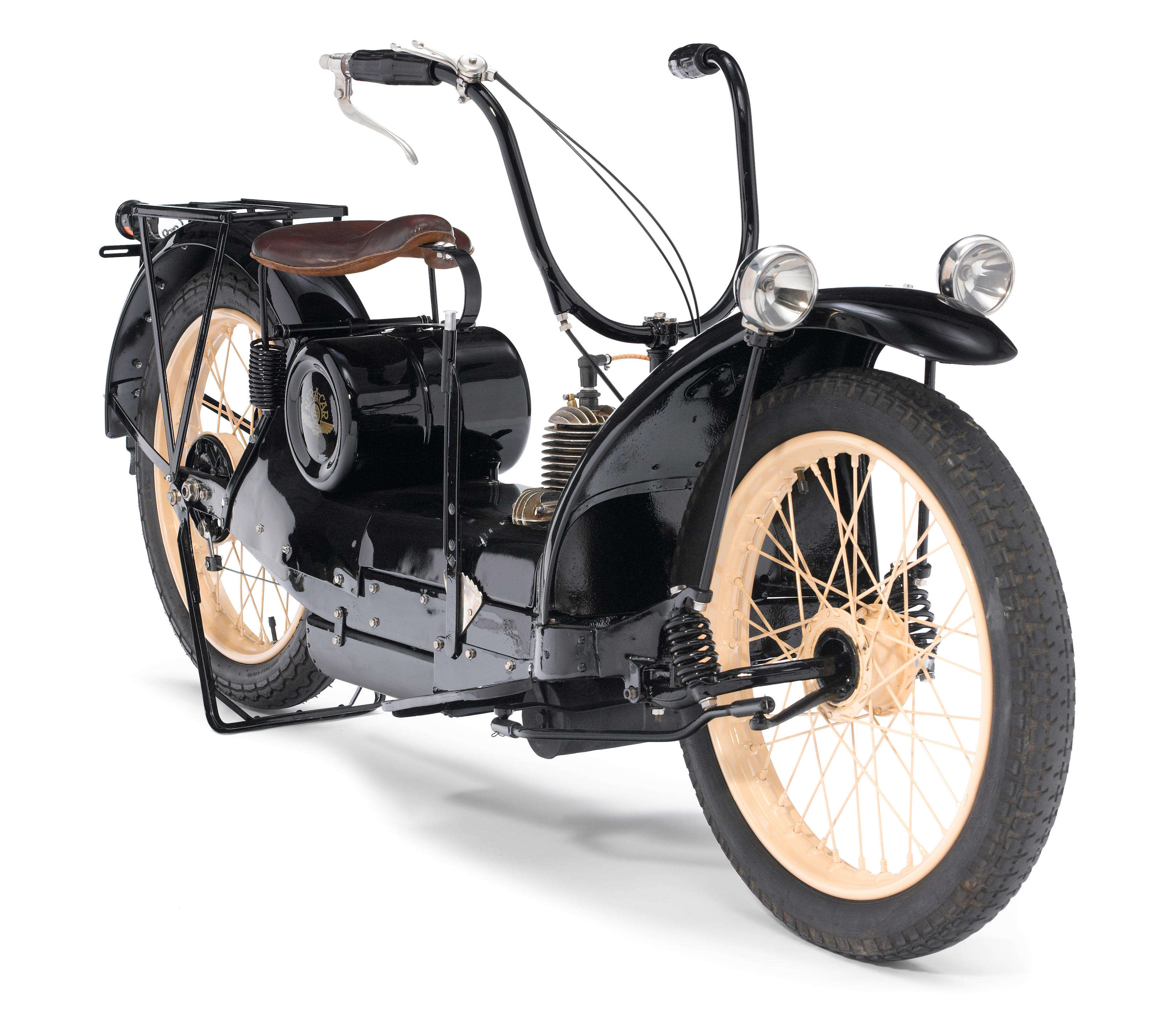
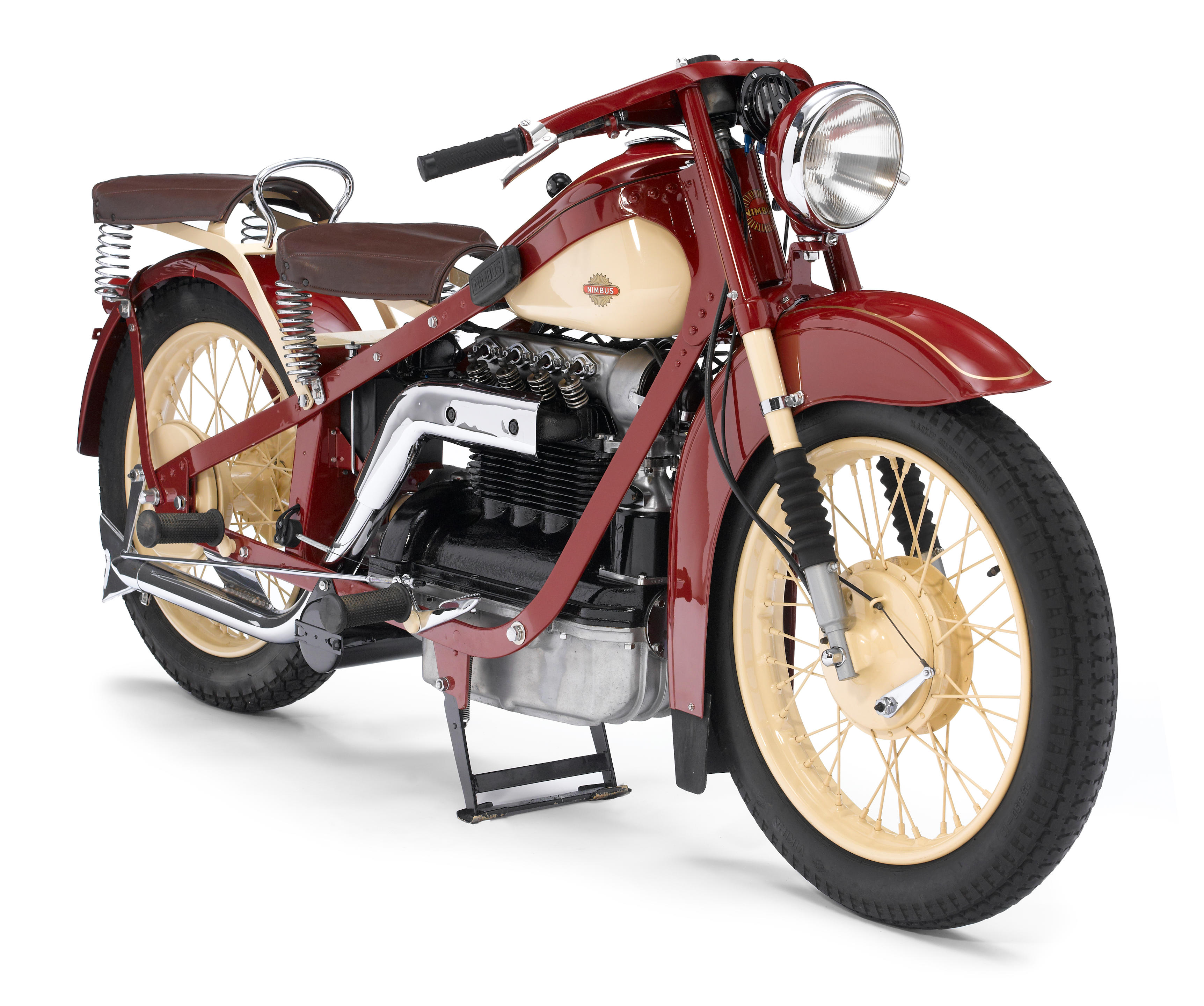
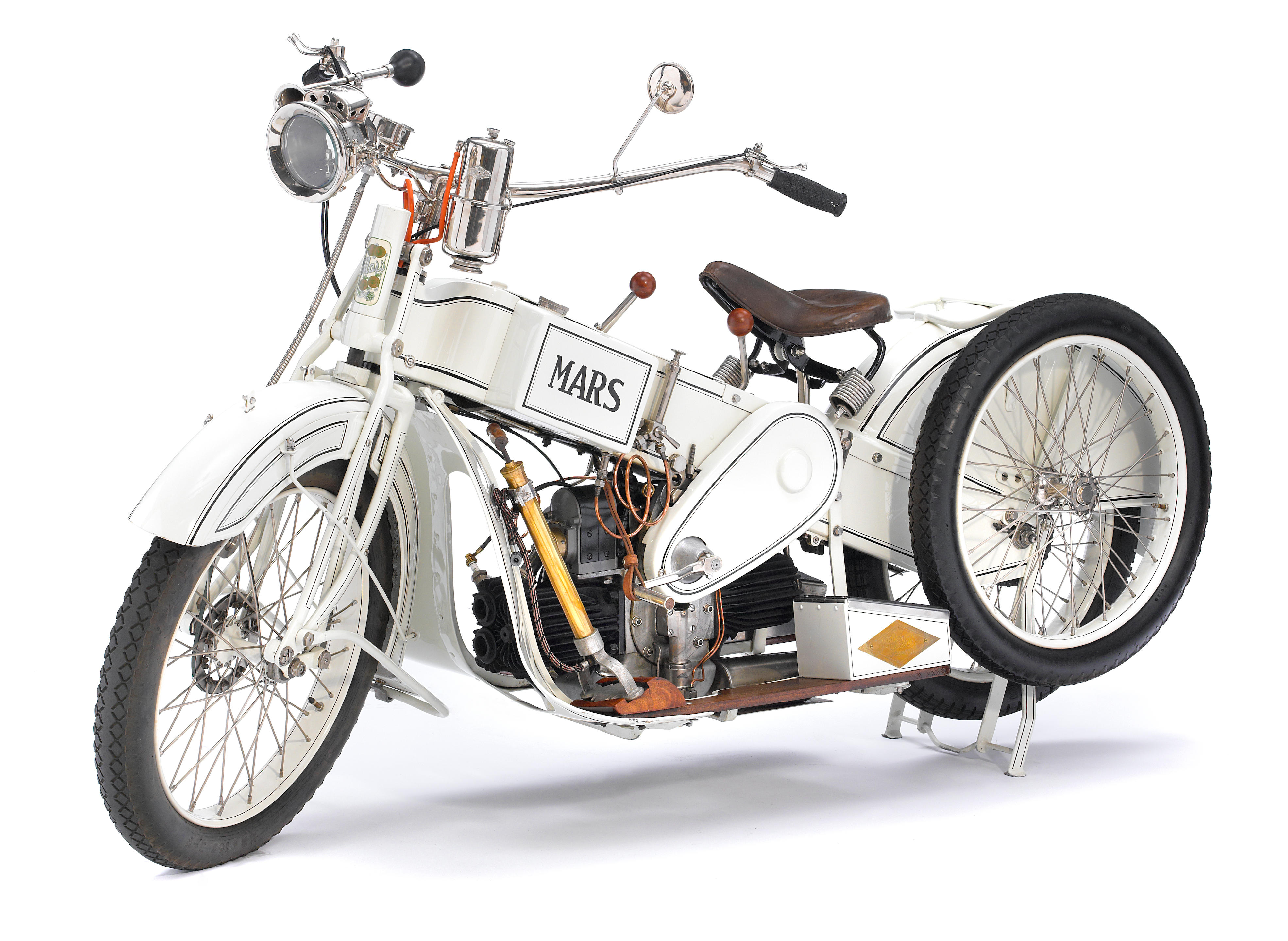
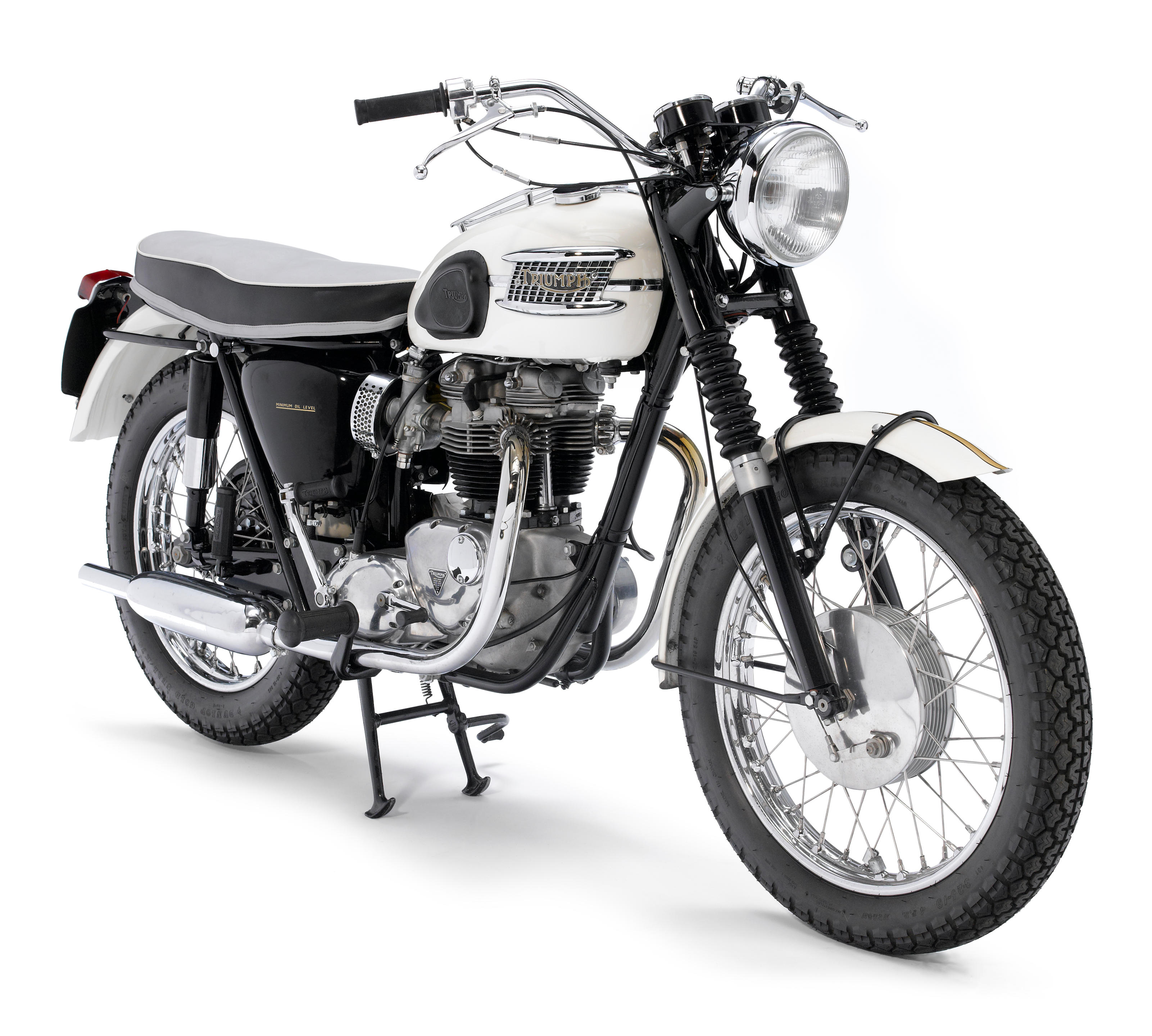
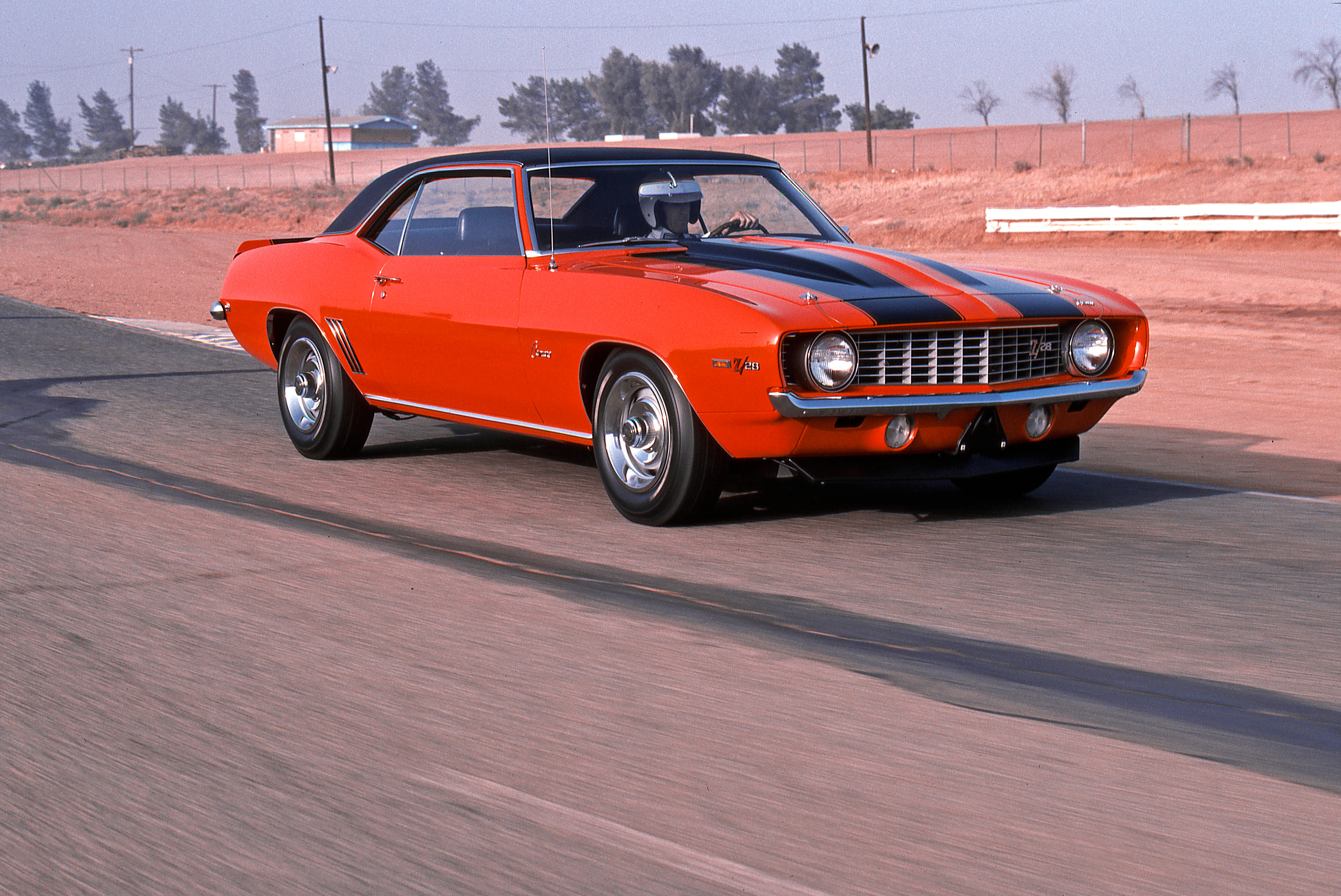
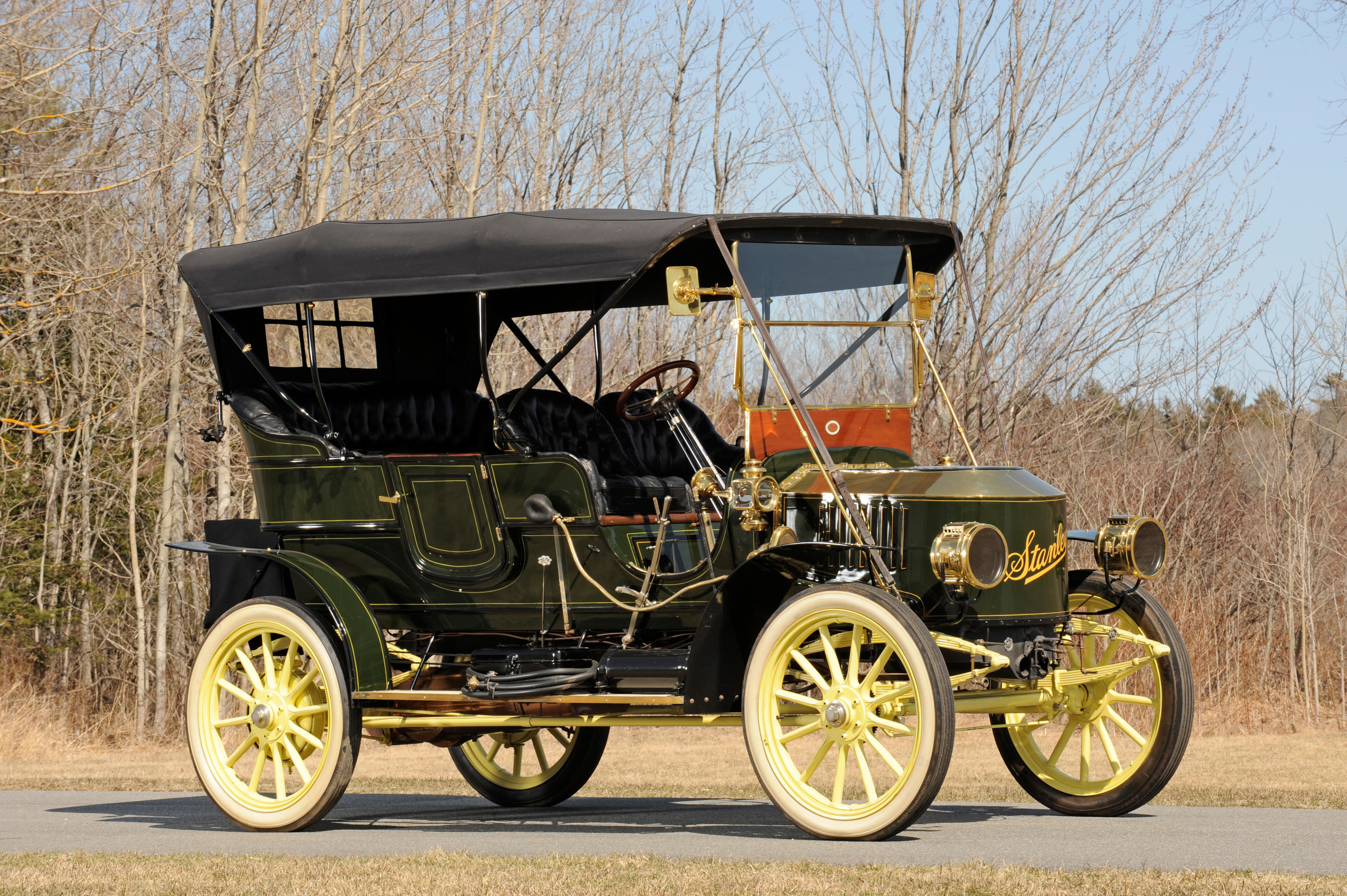
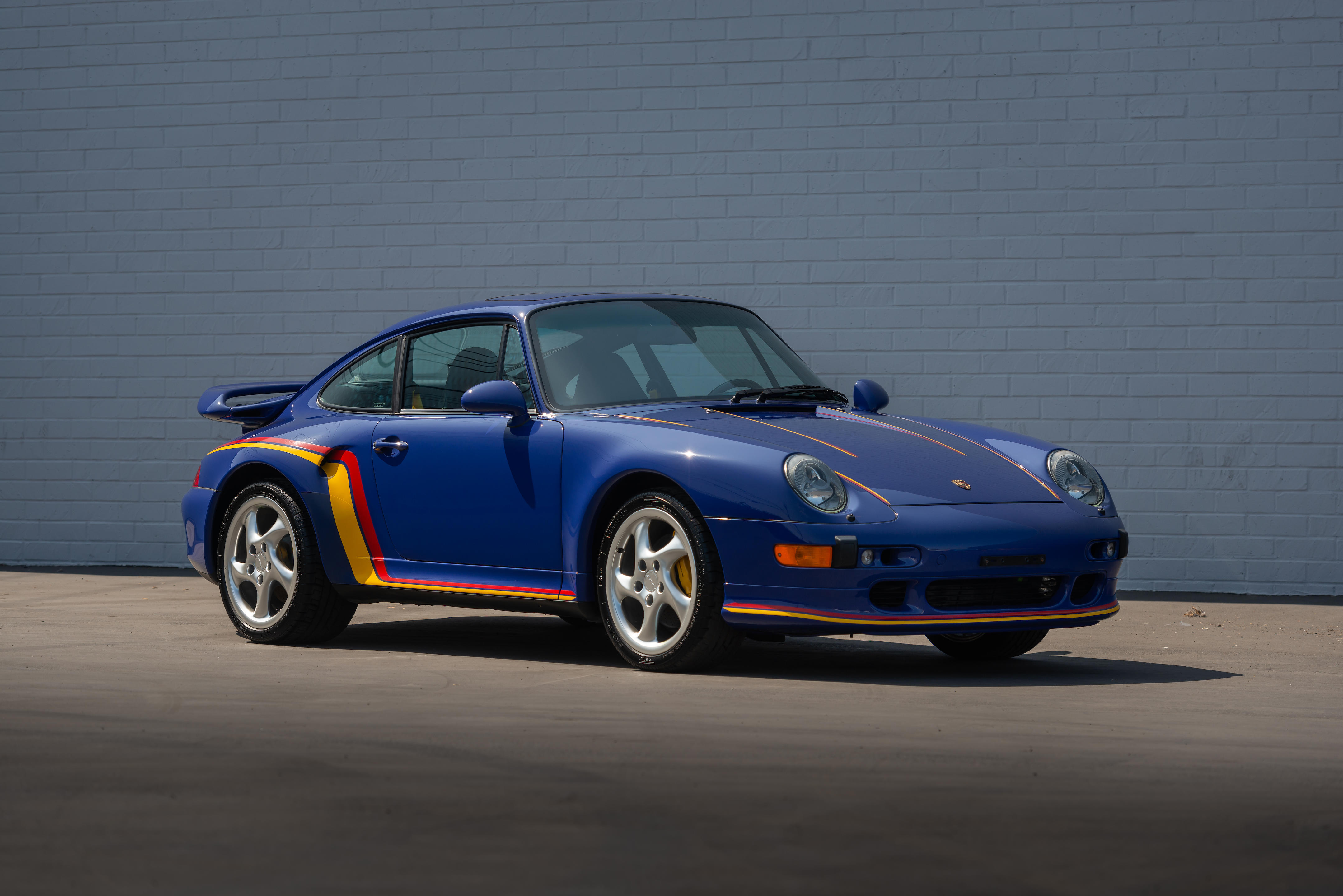
Testen Sie LotSearch und seine Premium-Features 7 Tage - ohne Kosten!
Lassen Sie sich automatisch über neue Objekte in kommenden Auktionen benachrichtigen.
Suchauftrag anlegen